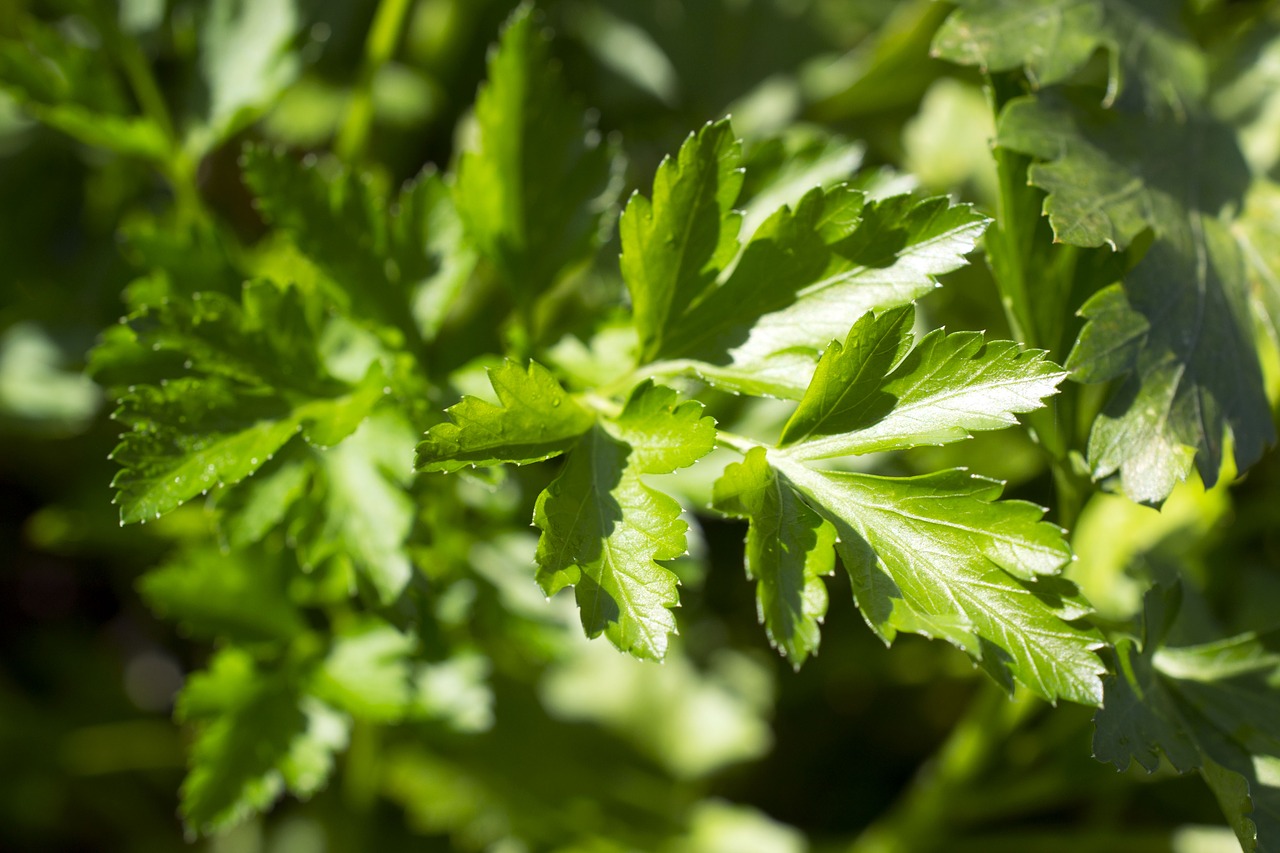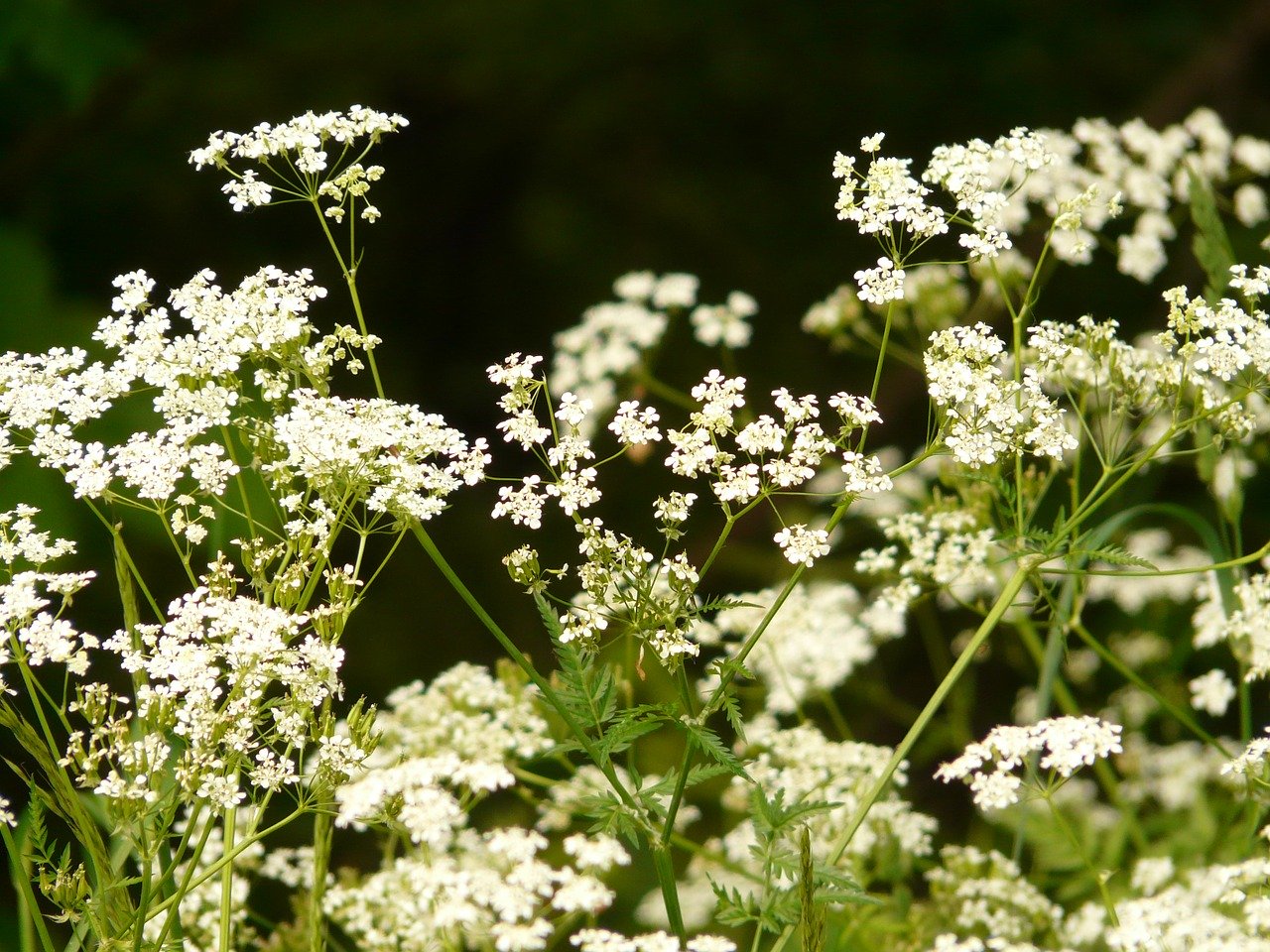Parsley Herb
(and several other varieties)
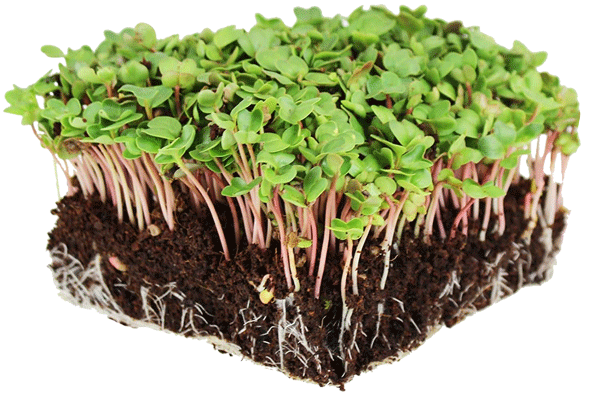
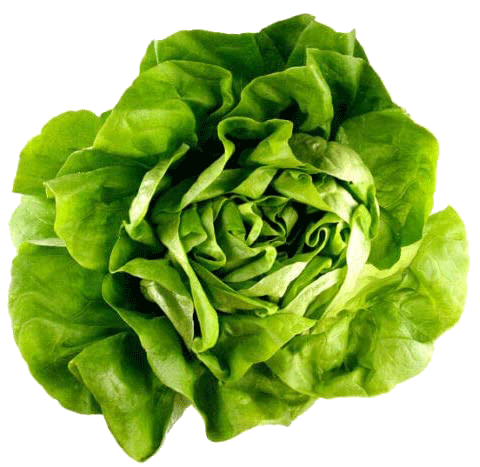
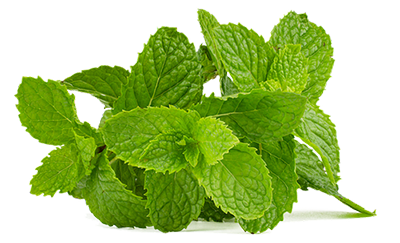
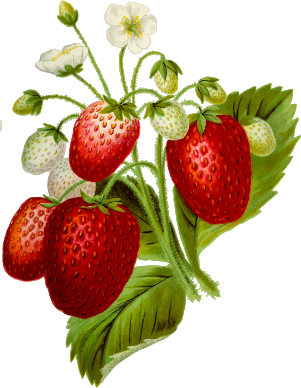
Scientifically named Petroselinum crispum, parsley is a leafy, flowering plant indigenous to the Mediterranean region, but widely used and cultivated globally. The plant is characterized by bright green leaves and thin erect stems. Parsley grows similar to a small shrub and stands about one foot tall. It features tiny white flower clusters and ribbed seeds.
Parsley belongs to the carrot family and is a biennial plant, which means that it flowers in the second year of its life. Cultivated annually, the plant is harvested not only for its leaves and stems but also for its root that produces a more pungent flavor and strong medicinal properties.
Parsley has two known cultivars (varieties produced in cultivation by selective breeding), one with a curly leaf and another with a flat leaf. The curly variant is more fragile than the flat-leafed type, which makes the former easier to shred and chop for culinary purposes. Generally, parsley has a fresh aroma and a mildly bitter taste. However, when added to savory dishes, it adds balance and creates a unique flavor.
Parsley is popular as a culinary herb and ingredient. It is typically used to add flavor to European, American and Middle Eastern dishes, including salads, soups, fish, and meat recipes. Both the leaves and roots of the plant are being used as garnish and condiments worldwide. In fact, the national dish in Lebanon called tabbouleh uses parsley as its primary ingredient.
